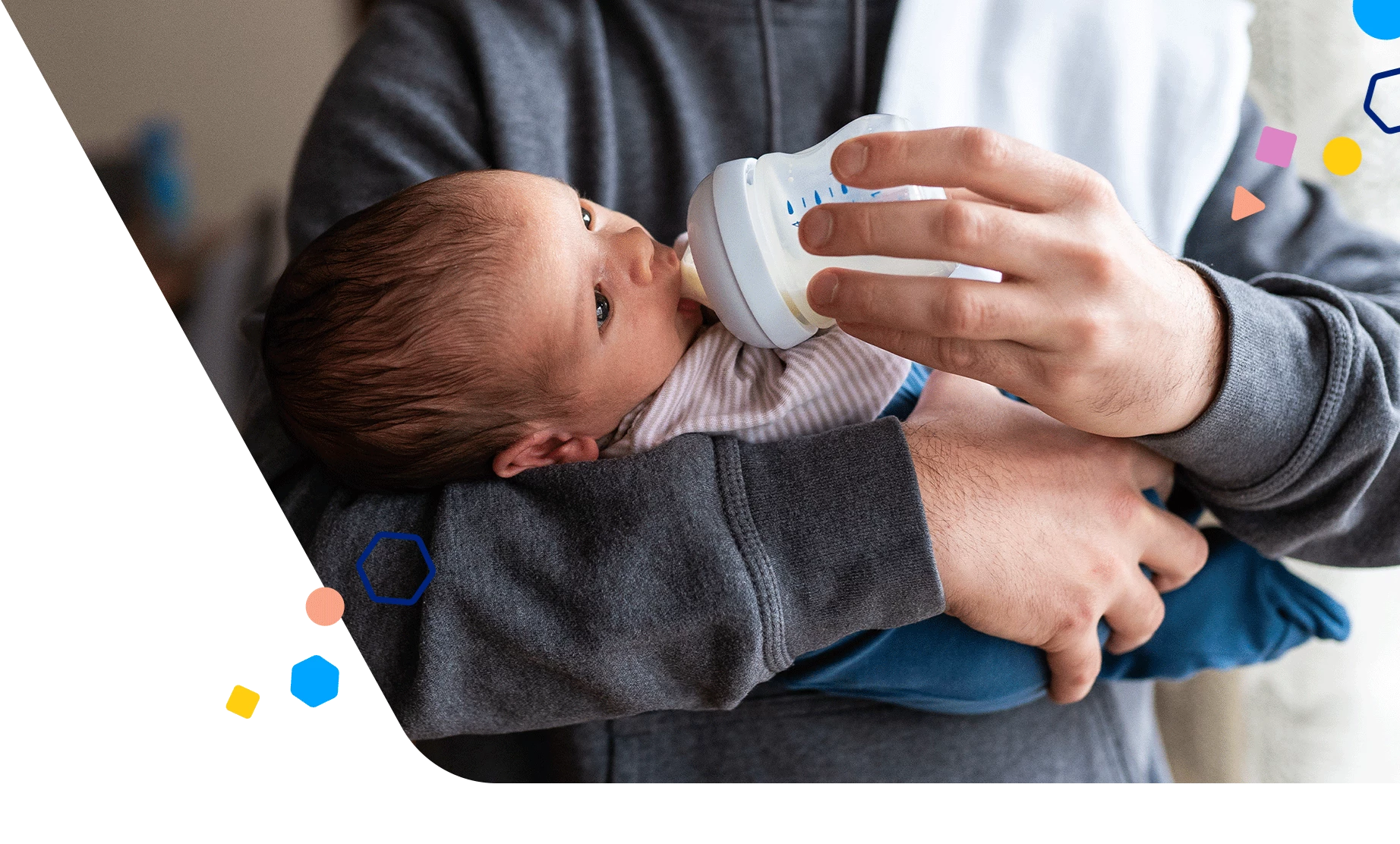Is your 6-month-old eating enough? How often should you feed them? Do their nutritional needs change from week to week? Babies communicate differently, here are some signs to look for.
6 signs of a hungry baby
Baby Hunger Cue #1. Wakes up and acts restless
Before your baby launches into a full-blown wail, they may wake up and move around in their crib. They may move their mouth and raise their hands to their face.
Baby Hunger Cue #2. Sucks fists or smacks lips
If you breastfeed, fist sucking and lip smacking are signs your hungry baby will latch on more easily.
Baby Hunger Cue #3. Roots
During your infant’s first weeks, if you stroke their cheek, their natural reflex will be to turn toward the bottle or breast and make sucking motions—this is called rooting. It shifts to being a voluntary action rather than a reflex by about 4 months old.
Baby Hunger Cue #4. Continues suckling
A hungry baby may continue to show interest in sucking even after finishing the first breast or bottle. This could be your baby’s way of letting you know they’re not quite done yet.
Baby Hunger Cue #5. Smiles during feeding
Babies older than 4 months will show their interest in eating by looking at you and smiling as they feed—just about as heartwarming as it gets.
Baby Hunger Cue #6. Cries
A hunger cry is usually short, low-pitched, and rises and falls. Crying is one of the later signs of a hungry baby. You'll likely notice other cues first. By the time a hungr=""y baby wails, it may be more difficult to start feeding them until they calm down.
”Hearing your baby’s ‘hungry-cry’ is so stressful.” - Enfamil® mom


